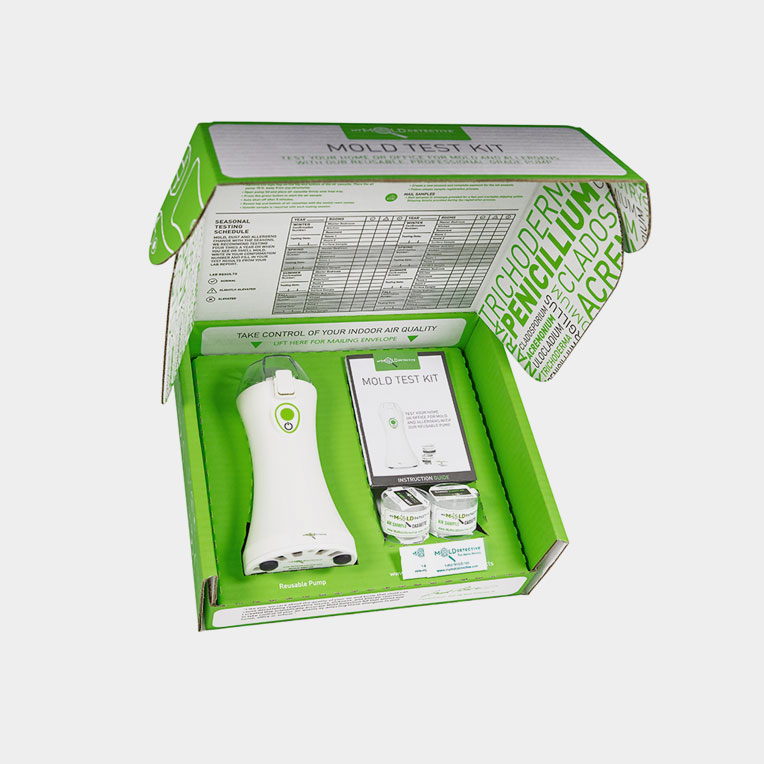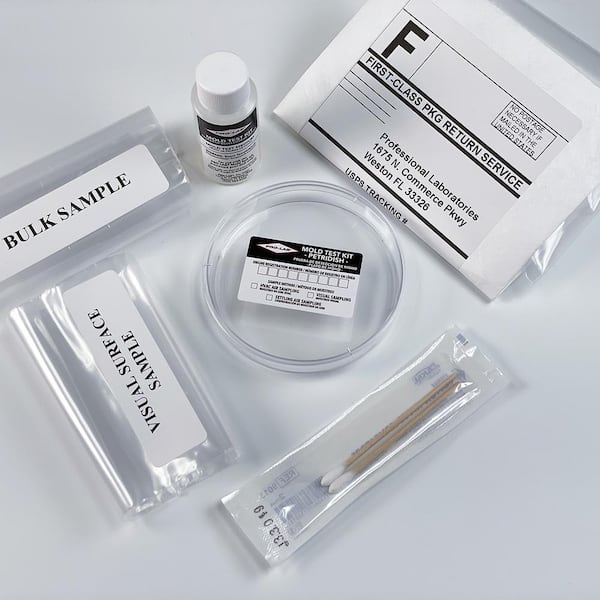Just How Mycotoxin Screening Assists Prevent Contamination and Guard Food Materials

Mycotoxin screening is an essential technique in the food sector, offering as a frontline defense versus contamination by hazardous contaminants generated by molds. Through the application of sophisticated strategies like High-Performance Fluid Chromatography (HPLC) and Liquid Chromatography-Mass Spectrometry (LC-MS), food producers can precisely quantify and identify mycotoxin levels in farming products.
Comprehending Mycotoxins
Comprehending mycotoxins starts with identifying that they are hazardous additional metabolites produced by particular mold and mildews, which can contaminate agricultural products. These metabolites are not crucial for the growth or reproduction of the fungi yet can have severe implications for human and animal health and wellness. Mycotoxins are generally found in staple plants such as corn, wheat, barley, and nuts, where they can multiply under particular problems of dampness and temperature level.
There are a number of types of mycotoxins, each created by various fungal species. Fusarium types generate trichothecenes and fumonisins, both of which are linked with different severe and chronic health and wellness issues.

Dangers of Mycotoxin Contamination
The risks of mycotoxin contamination are multifaceted, posturing considerable dangers to both food safety and public wellness. Mycotoxins, harmful compounds generated by particular kinds of fungi, can pollute a wide variety of farming items consisting of grains, nuts, flavors, dried out fruits, and coffee.
Financial influences are an additional significant concern. Polluted crops can cause significant economic losses for farmers and food manufacturers due to minimized yields and the requirement for expensive purification procedures. Global profession can be dramatically impeded as countries apply stringent mycotoxin regulations to shield their populaces, leading to denied shipments and stretched profession relations.
Environmental variables such as environment change exacerbate the danger of mycotoxin contamination. Variations in temperature level and humidity can create positive problems for fungal growth, boosting the chance of contamination occasions. Hence, understanding and minimizing these threats are crucial for guaranteeing the safety and integrity of global food materials.
Approaches of Mycotoxin Examining
Accurately identifying mycotoxin contamination in farming items is crucial for guarding public health and wellness and preserving food security standards. Different techniques are employed to detect and evaluate mycotoxins, each offering details benefits and limitations.
High-Performance Fluid Chromatography (HPLC) is a commonly utilized method as a result of its high sensitivity and accuracy. It includes separating mycotoxins from various other compounds in a sample, making it possible for precise quantification. Liquid Chromatography-Mass Spectrometry (LC-MS) incorporates liquid chromatography with mass spectrometry to give comprehensive molecular information, making it specifically helpful for identifying several mycotoxins all at once.

Gas Chromatography-Mass Spectrometry (GC-MS) and Thin-Layer Chromatography (TLC) are likewise employed, each with distinct applications. GC-MS is efficient for unpredictable mycotoxins, while tender loving care provides a less complex, economical choice for initial testing.
Benefits of Routine Checking
Normal screening for mycotoxins in agricultural items provides countless benefits, dramatically adding to public health and see food safety and security. By identifying contamination early, normal screening assists avoid the distribution of poisonous foods, consequently minimizing the risk of mycotoxin-related ailments amongst consumers. This aggressive method not only safeguards human wellness however also improves the overall top quality of food materials.
Consistent screening also sustains regulative compliance. Various countries and areas have developed stringent restrictions for mycotoxin levels in food and feed. Complying with these limits via regular testing makes sure that providers and manufacturers meet legal criteria, thus staying clear of charges and profession barriers. Preserving conformity fosters consumer trust fund and brand reputation, which are crucial for market success.
Furthermore, normal mycotoxin screening can bring about significant economic benefits. Early detection of contamination permits prompt intervention, minimizing prospective losses from prevalent contamination. Applying normal screening methods can additionally decrease recall prices and associated liabilities, which can be monetarily ruining.
Moreover, regular screening gives useful information that can educate better farming methods and storage conditions. By comprehending patterns of contamination, producers can adopt safety nets, thereby contributing and lowering future risks to the sustainability of the food supply chain.
Implementing Examining Procedures
Implementing effective mycotoxin testing methods is important for guaranteeing the security and high quality of farming items. Developing a robust testing structure entails multiple crucial steps, beginning with the recognition of potential contamination factors within the production and supply chain. This consists of pre-harvest, post-harvest, storage, and circulation phases. Each stage must be scrutinized to determine where mycotoxin contamination is more than likely to occur.
When crucial control points are identified, choosing proper screening techniques is essential. Typical strategies consist of enzyme-linked immunosorbent assay (ELISA), high-performance liquid chromatography (HPLC), and mass spectrometry (MS) Each technique has its weaknesses and toughness; thus, selecting the proper one depends upon the details mycotoxin being tested, the required sensitivity, and offered sources.

Finally, integrating the testing methods right into a detailed food safety monitoring system is a good idea. This moved here enhances traceability and allows swift restorative activities when contamination is found, thereby securing the honesty of the food supply chain.
Final Thought
Mycotoxin screening is vital in preventing contamination and securing food products by allowing early discovery of hazardous toxic substances produced by molds in farming items. Advanced methods such as HPLC and LC-MS make sure conformity with safety guidelines and shield consumers from health and wellness threats. Regular testing improves brand name reputation, financial security, and rely on food safety by reducing contamination-related losses and keeping high criteria in food production. Executing extensive screening methods is thus crucial for the sector's total well-being.
Mycotoxin testing is a crucial technique in the food market, serving as a frontline defense against contamination by harmful contaminants generated by mold and mildews. An incorporated technique including agricultural practices, storage space monitoring, and routine testing can mitigate the threats linked with mycotoxin contamination, making sure food security and public health.
The threats of mycotoxin contamination are diverse, positioning significant her comment is here threats to both food safety and security and public health and wellness.Regular screening for mycotoxins in agricultural products supplies many benefits, significantly adding to public health and wellness and food safety.Mycotoxin screening is necessary in avoiding contamination and safeguarding food materials by enabling very early detection of harmful toxic substances produced by mold and mildews in agricultural items.